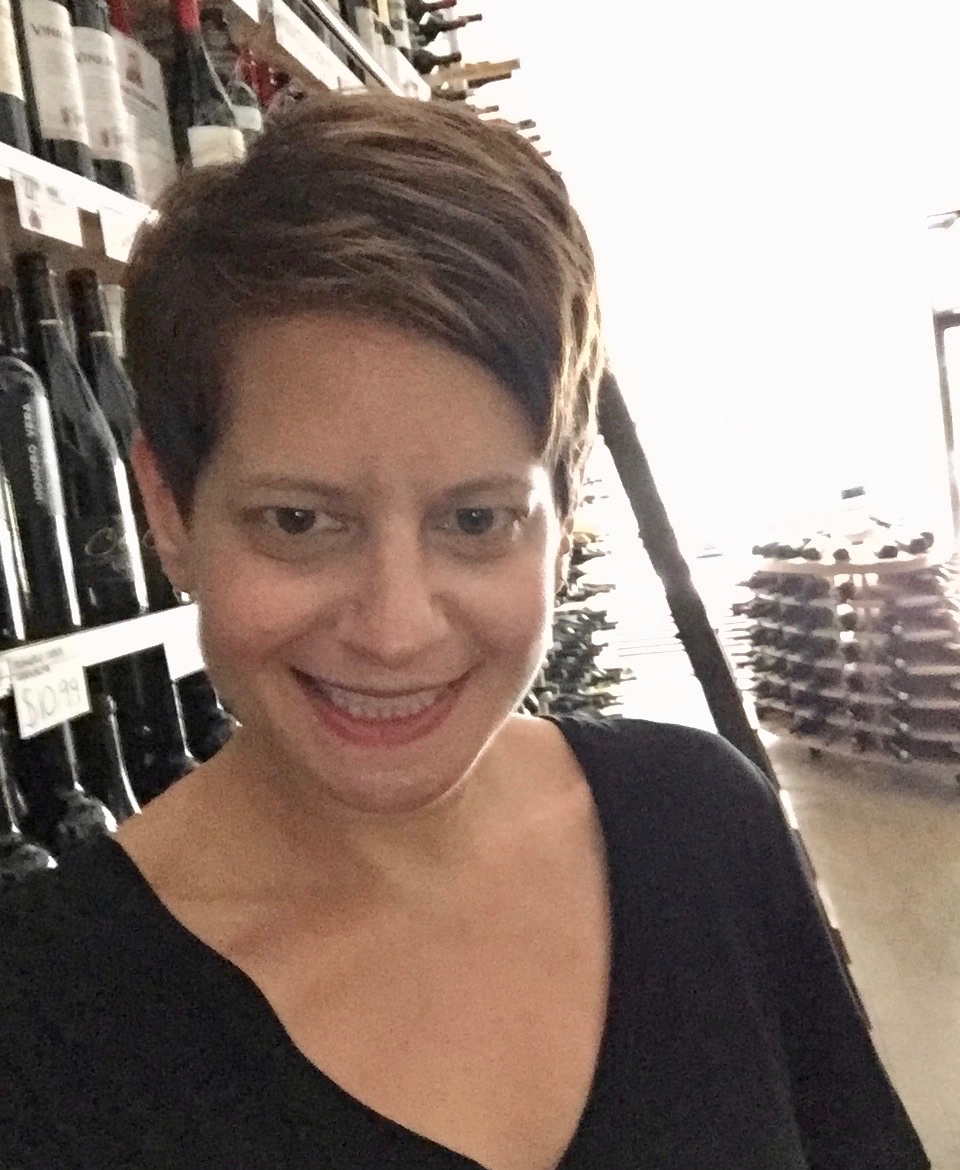
'Tis the season to celebrate, and what better way to let loose than with a glass of bubbly? Whether it’s Christmas dinner, a New Year’s toast, or mimosas with brunch, Champagne and sparkling wine flow freely during the holidays. But how much do you really know about that flute full of fizz? Grape Collective fills you in on some basic facts as well as some surprising information about Champagne and sparkling wine.

The French insist that Champagne was first created in the late 17th century by Benedictine monk and cellar master, Dom Pierre Perignon. Supposedly the monk discovered it by accident, after cold winter temperatures interrupted the fermentation process of the wine he had bottled the previous fall. When spring rolled around the yeast began fermenting again, causing a secondary fermentation to occur. As a result, the yeast produced sudden carbon dioxide bubbles leading to the explosion of many of the bottles. When the monk tasted the wine produced in the bottles that didn’t explode he realized it had the potential to be a wonderfully delicious and effervescent drink.
This theory on the origin of Champagne has been challenged over the years, primarily by the English, who credit the discovery of sparkling wine to a British doctor called Christopher Merret. Supposedly Merret created a recipe for a Champagne-like beverage nearly 20 years before Dom Pierre Perignon’s discovery.

Blanc de Blancs literally translates to “white from white,” and signifies white Champagne made from white grapes. By law, Blanc de Blancs can only be produced from a single grape variety, like Chardonnay. Similarly, Blanc de Noirs are made only from black grape varieties such as Pinot Noir and Pinot Meunier. Generally these Champagnes are fuller-bodied and deeper in color than Blanc de Blancs. Finally, we have Pink or Rosé Champagne and these wines can be produced by two different methods. The classic traditional method entails adding a small amount of Pinot Noir still wine to the base wine before second fermentation. The maceration method involves pressing the grape skins and allowing them to soak with the grape juice before fermentation.

Also called blending, assemblage is the combining of different grape varieties or the mixture of different base wines to create a particular Champagne. The resulting wine is ideally suited to develop into Champagne and is known as the “cuvée.”
The key behind assemblage is the winemaker's judgment and skill in knowing what grapes might complement each other in a blend. In other words, to be considered for assemblage, wines must prove to be compatible with balanced flavors that neither overpower nor disappear when blended together. With Champagne, assemblage is critical and considered a true art form.

After the wine is blended it is combined with the “liqueur de triage,” a mixture of wine, sugar and yeast. It is then bottled and sealed with a crown cap. The bottles are then aged “sur latte,” stacked on their sides between thin layers of wood. The cooler the fermentation temperature the better, as it slows down the fermentation process and creates smaller bubbles and a more consistent bead.

Lees are the dead yeast cells and other particles remaining in a wine after fermentation. With Champagne, these particles settle as sediment at the bottom of the bottle. As the lees break down, all sorts of compounds are released that interact with the fermented wine. This creates complexity, aroma and flavor enhancements, and texture in the resulting wine.

When secondary fermentation is complete, sediment is created in the bottle. During remuage, the bottles are placed on “pupitres,” special racks that hold them at a 45° angle, with the crown cap pointed down. Every two days the bottles are given a small shake and turn, and dropped back into the pupitres with the angle slowly increased. The drop back into the rack causes a gentle tap, which pushes the sediment toward the neck of the bottle. After some time, typically 8 to 10 weeks for Champagne, the position of the bottle is straight down with the sediment settled in the neck.

The neck of the bottle is submerged in a freezing solution that solidifies the sediment and allows for it to be ejected when the bottle is turned upright. After the solidified sediment is extracted the bottle is topped off to its previous level with “liqueur d’expedition.” In all cases except for extra brut, this liqueur includes a small amount of sugar and will determine the sweetness in the Champagne. It is important to note however that the sugar previously present in the wine is consumed in the second fermentation and although sugar is added, it is usually to balance the high acidity rather that to produce a sweet taste.

By law, certain information must appear on all Champagne labels. What information? The Appellation of Controlled Origin, brand name and winemaker, degree of sweetness and alcohol content, the town where the wine was made and the country of origin, the volume in milliliters, trade registration, and the name of the US importer.

It is considered non-Vintage as it consists of several different vintages instead of a single harvest. As it was the only type of Champagne produced for the first 150 years of Champagne-making, it is commonly called “Classic Champagne.” On the flip side, a Vintage Champagne is made with grapes harvested in a single season and by regulation must be aged for a minimum of three years.

Look no further. According to scientific estimation, there are approximately 49 million bubbles in a standard size bottle of Champagne. A Champagne cork can reach speeds close to 40mph when popped out of the bottle and the longest recorded flight of a Champagne cork is over 177 feet. There is about 90 pounds per square inch of pressure in a bottle of Champagne. That’s more than triple the pressure in an automobile tire!
Want more wine facts? Be sure to catch up on the 10 Most Common Misconceptions About Wine.










